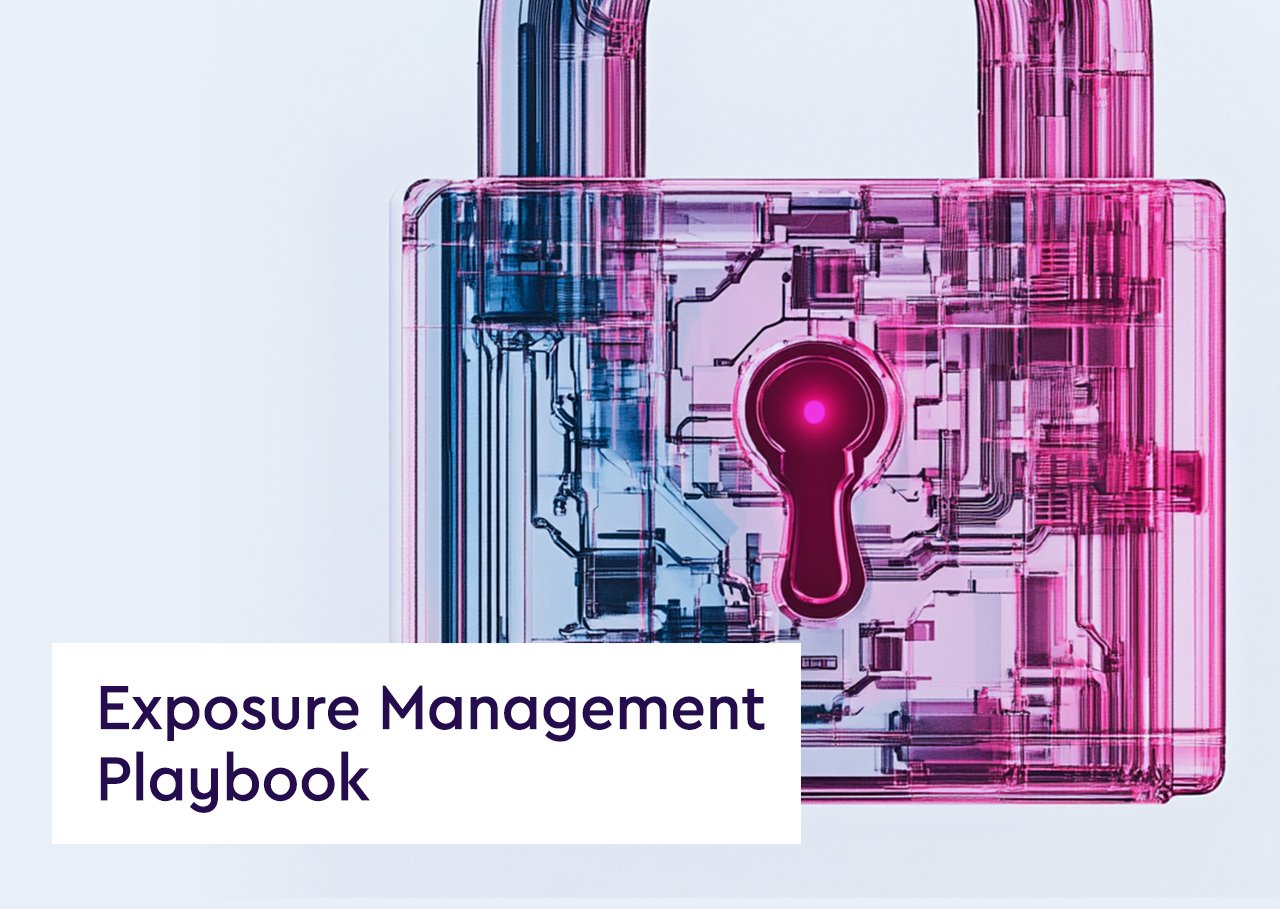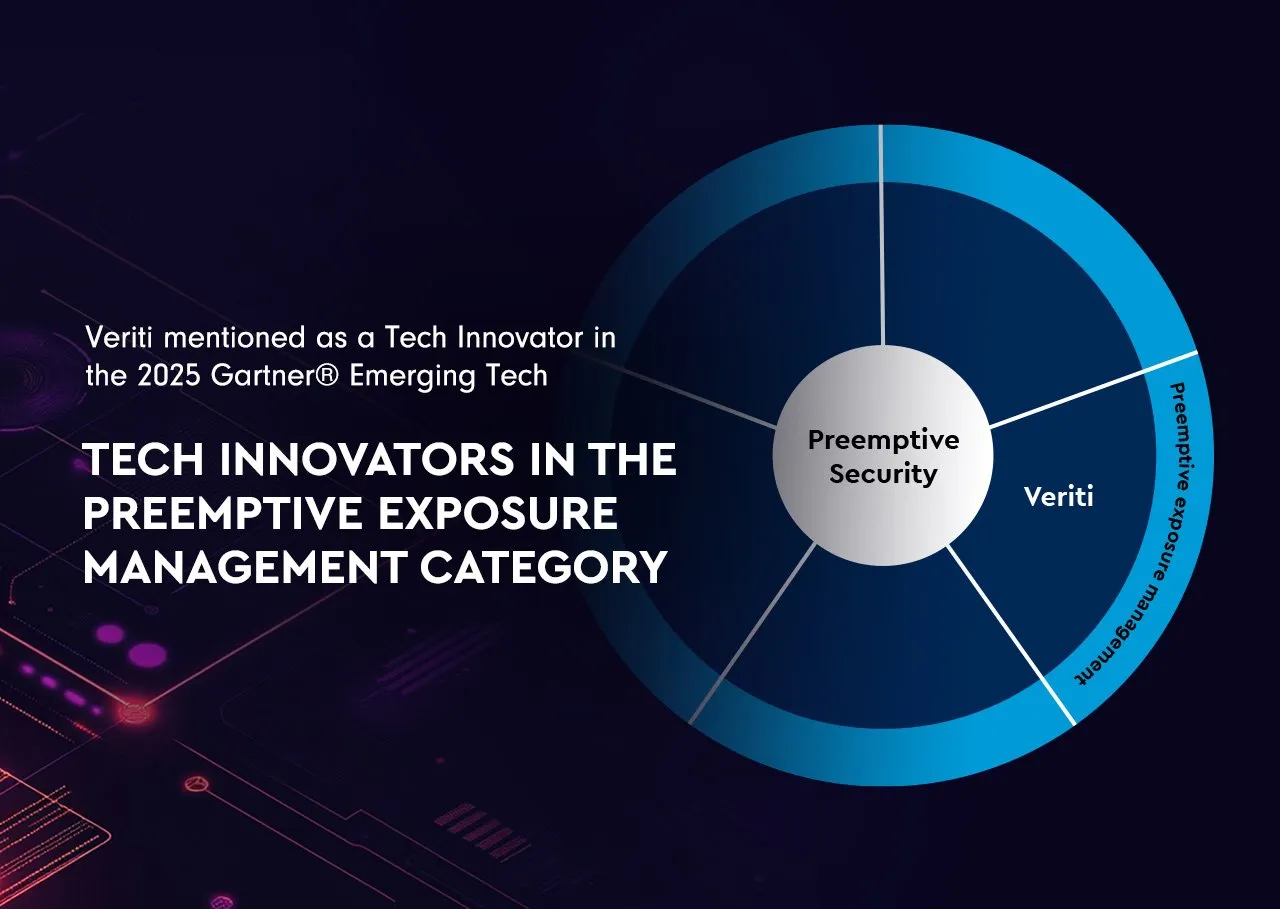Definition: Cloud compliance refers to the adherence of cloud-based systems to regulatory and legal standards that govern data privacy, security, and usage. These standards are designed to protect sensitive information, ensure data integrity and availability, and maintain the trust of stakeholders. Compliance in the cloud involves implementing and maintaining controls that meet specific regulatory requirements applicable to an organization’s industry and location.
Key Elements of Cloud Compliance:
- Data Protection: Ensuring that data stored in the cloud is protected against unauthorized access, breaches, and leaks. This includes encryption, access controls, and secure data transmission protocols.
- Data Sovereignty: Managing data in accordance with the laws of the country where the data is stored, processed, or transmitted.
- Auditability: Maintaining detailed logs and records that can be used to demonstrate compliance during audits. Cloud environments must support logging and monitoring to facilitate transparency.
- Risk Management: Regularly assessing and addressing risks associated with cloud storage and processing. This involves continuous vulnerability assessments and the implementation of risk mitigation strategies.
Common Regulatory Frameworks:
- General Data Protection Regulation (GDPR): EU regulation that sets guidelines for the collection and processing of personal information.
- Health Insurance Portability and Accountability Act (HIPAA): US legislation that provides data privacy and security provisions for safeguarding medical information.
- Payment Card Industry Data Security Standard (PCI DSS): Security standards for organizations that handle branded credit cards from the major card schemes.
- Sarbanes-Oxley Act (SOX): A law that mandates rigorous oversight of financial reporting to protect investors from fraudulent practices.
Challenges in Cloud Compliance:
- Complexity of Regulations: Navigating the complex and often overlapping international, national, and industry-specific regulations can be challenging.
- Shared Responsibility Model: Understanding and managing the shared responsibility between the cloud service provider and the customer in terms of security and compliance obligations.
- Dynamic Cloud Environments: Keeping compliance measures up-to-date in the rapidly evolving cloud environment requires constant vigilance and adaptability.
Best Practices for Cloud Compliance:
- Collaboration with Cloud Providers: Work closely with cloud service providers to understand their compliance policies and how they impact your responsibilities.
- Comprehensive Compliance Strategy: Develop a comprehensive compliance strategy that includes classification of data, identification of applicable regulations, and implementation of appropriate controls.
- Regular Training and Awareness: Conduct regular training for employees on compliance requirements and security practices to reduce the risk of breaches and non-compliance.
- Continuous Monitoring and Auditing: Implement continuous monitoring and regular audits to ensure ongoing compliance and to identify and rectify compliance issues promptly.
Cloud compliance is crucial for organizations leveraging cloud technologies to ensure that they meet regulatory obligations and protect sensitive information. Effective cloud compliance not only helps in avoiding legal penalties and fines but also enhances the trust and confidence of customers and stakeholders in the organization’s ability to manage data responsibly. As cloud technologies continue to evolve, organizations must stay informed and agile to maintain compliance in a changing landscape.




